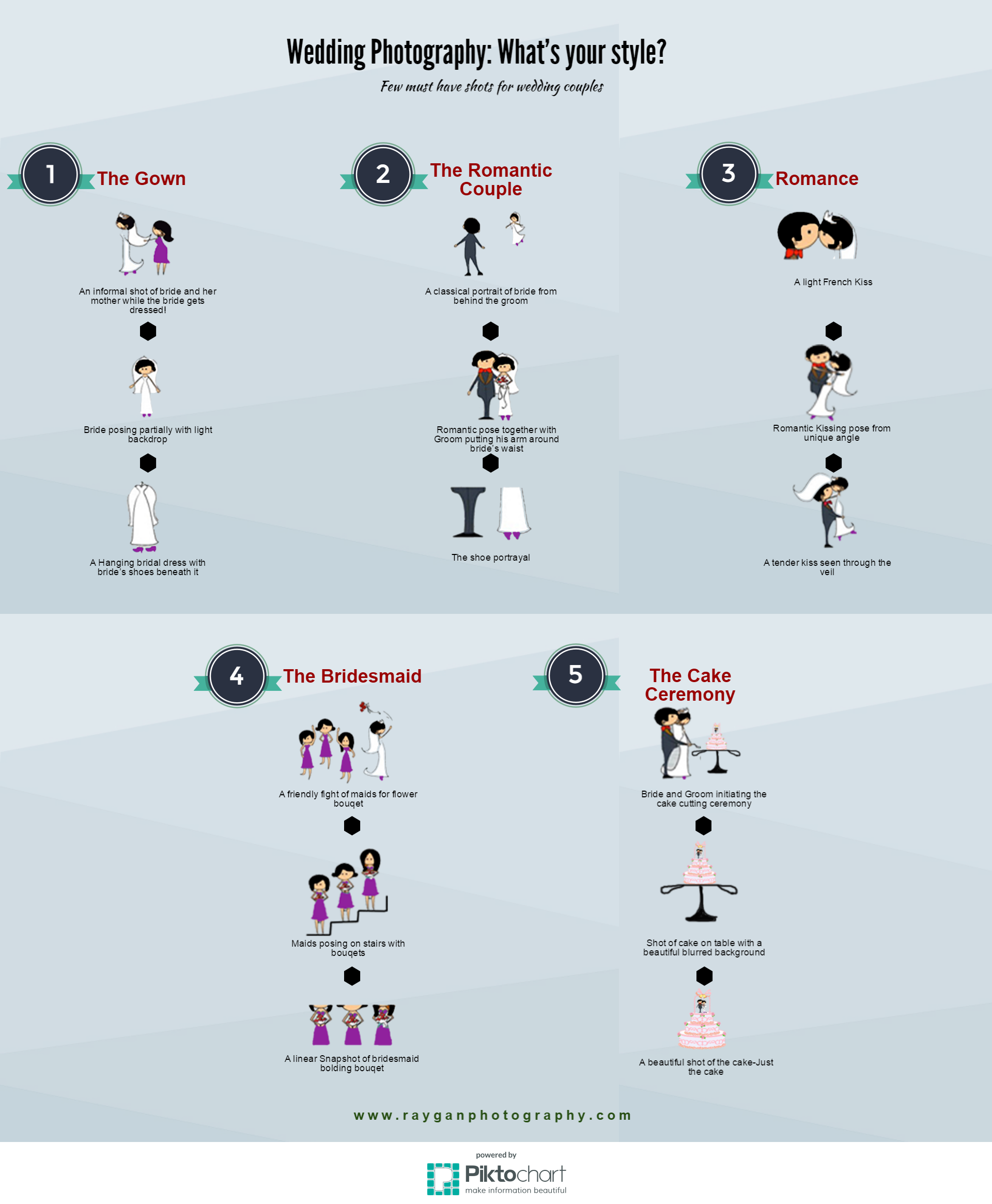Photography Tips For Beginners: Mastering Your Cam Quickly
Photography Tips For Beginners: Mastering Your Cam Quickly
Blog Article
Written By-Ballard Monroe
When you initially pick up your video camera, it can really feel overwhelming with all the settings and choices offered. You could find yourself wondering just how to browse aperture, shutter speed, and ISO properly. Understanding these principles is critical, yet there's more to photography than simply technical knowledge. Comprehending make-up methods and lighting conditions can raise your pictures considerably. So, what happens if you could discover straightforward strategies to enhance your abilities and begin catching remarkable photos quicker than you think? Let's check out exactly how to transform your photography journey.
Recognizing Cam Setups
Comprehending your camera setups is essential for catching magnificent photos. When you pick up your cam, acquaint on your own with the three primary settings: aperture, shutter rate, and ISO. Each plays a crucial role in exactly how your images turn out.
Begin with aperture, which regulates the amount of light entering the lens. A broader aperture (lower f-number) allows more light and creates a stunning history blur, excellent for pictures. On the other hand, a narrower aperture (higher f-number) keeps even more of the scene in emphasis, ideal for landscapes.
Next off, focus on shutter speed. This setting determines how long your electronic camera's sensor is revealed to light. A rapid shutter speed ices up activity, which is terrific for action shots, while a sluggish shutter speed can develop stunning impacts like smooth water in landscapes.
Finally, change your ISO. This setting influences your electronic camera's level of sensitivity to light. A greater ISO serves in low-light situations but can present noise or grain. Go for the most affordable ISO feasible while still accomplishing correct direct exposure.
Structure Techniques
When you're out capturing, composition can make all the distinction in just how your pictures reverberate with visitors. Begin by utilizing the guideline of thirds; envision your structure split right into nine equivalent sections with two horizontal and two vertical lines. Position key elements along these lines or at their intersections to produce equilibrium and passion.
Next, consider leading lines. These natural lines in your scene, like roads or rivers, draw the visitor's eye into the picture, leading them via the story you're telling.
Don't forget about mounting; use elements within your scene, like trees or windows, to produce a structure around your topic, adding deepness and focus.
Additionally, watch on your history. A messy history can distract from your major topic, while a basic one aids it stick out.
Lastly, trying out balance and patterns; they can create a striking photo that catches focus.
Mastering Lighting Conditions
Mastering lights problems is important for capturing stunning photographs, as the ideal light can transform a regular scene into something amazing.
Start by observing natural light at different times of the day. Early mornings and late afternoons offer the best light, called the gold hour. The soft, cozy tones throughout these times can improve your images perfectly.
Don't shy away from cloudy days either; diffused light can reduce extreme shadows and produce a pleasing result, particularly for portraits.
https://blogfreely.net/maybelle917stasia/comparing-popular-cameras-which-one-is-ideal-for-you by positioning your subject versus the light source. check this site out can produce a dreamy halo result and add deepness to your pictures.
Focus on your camera settings too. Change the ISO, aperture, and shutter rate to fit the illumination conditions. A greater ISO can help in low light, yet beware of grain.
Use a tripod in darker settings to prevent blur.
Lastly, don't fail to remember man-made lights. Flash and constant lights can be terrific devices for managing light in difficult conditions.
Final thought
To conclude, understanding your electronic camera does not need to be frustrating. By recognizing your settings, applying structure techniques, and harnessing the power of natural light, you'll promptly boost your photography skills. Remember, exercise makes perfect, so venture out there and experiment with your newly found expertise. With time and dedication, you'll be recording spectacular photos that show your special viewpoint. Appreciate the journey, and do not fail to remember to have fun while you go to it!
